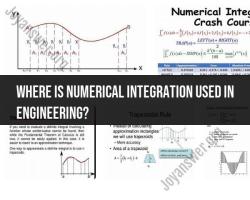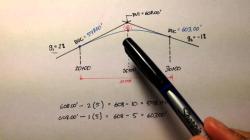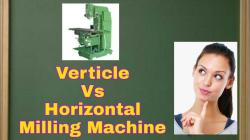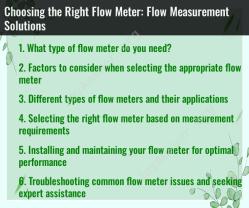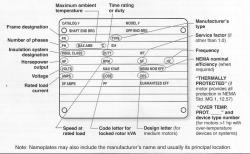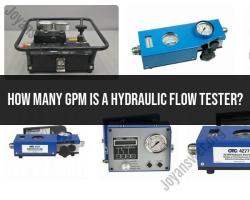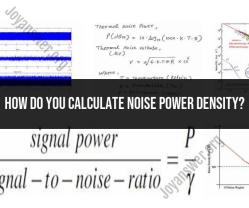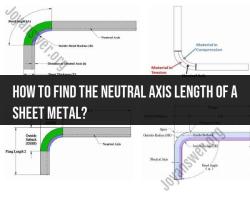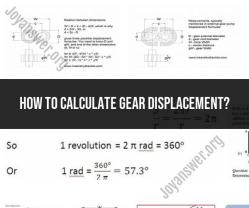How to calibrate time base at range of 100mm?
Calibrating a time base typically involves measuring time intervals or frequencies rather than distance in millimeters. However, if you are working with a device or equipment that mentions calibrating the time base at a range of 100mm, it might be referring to a specific calibration procedure for that particular equipment. In this case, you should refer to the manufacturer's instructions or the equipment's manual for detailed guidance on how to perform this calibration.
If you are working with general time base calibration for electronic equipment, oscilloscopes, or similar devices, here are the general steps to calibrate the time base:
Prepare Your Equipment: Ensure that the equipment is set up correctly and is in good working condition.
Select a Calibration Signal: You will need a known, stable signal source. This could be a calibrated signal generator.
Connect the Signal Source: Connect the output of your signal source to the input of the equipment you are calibrating.
Set the Equipment: Configure your equipment to display or measure the time base or time interval you want to calibrate. This might involve selecting a particular time scale or range on an oscilloscope, for example.
Measure the Signal: Use the equipment to measure the signal from your signal source. This measurement will serve as the reference.
Adjust the Equipment: If the measured value does not match the expected value, use the equipment's calibration controls to adjust it until it matches the reference value.
Repeat as Needed: Depending on the equipment and the level of precision required, you may need to repeat these steps multiple times to ensure accuracy.
Document the Calibration: Record the calibration values, including any adjustments made, in a calibration log or certificate. This documentation is essential for maintaining traceability and proving the accuracy of your equipment.
Please note that specific calibration procedures can vary significantly depending on the type of equipment you are working with. Always refer to the manufacturer's guidelines and any applicable industry standards for precise calibration procedures.


